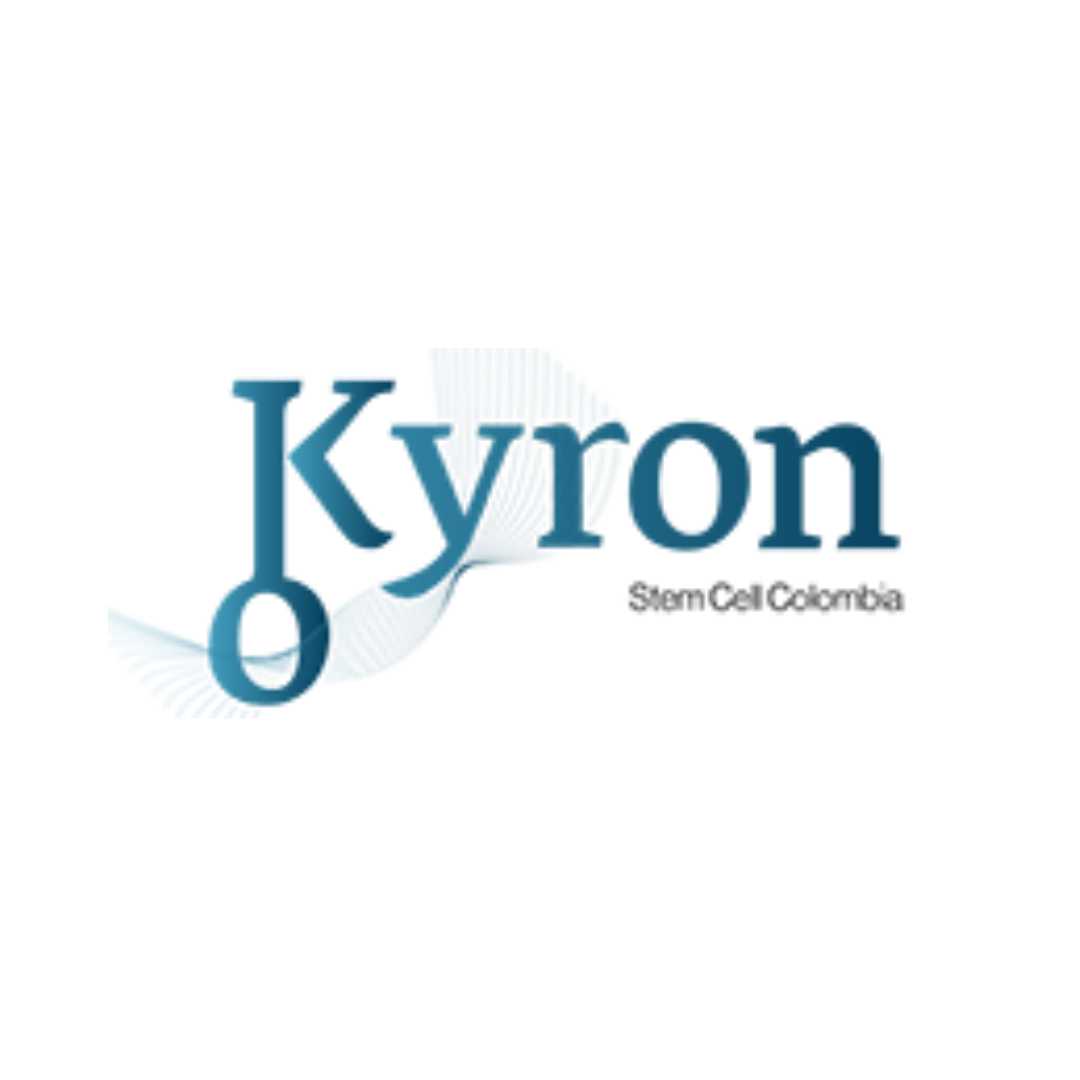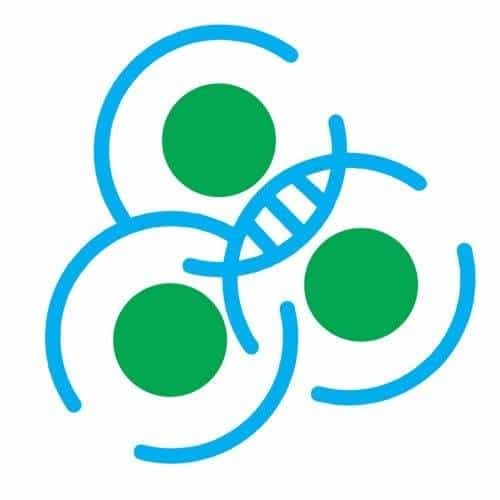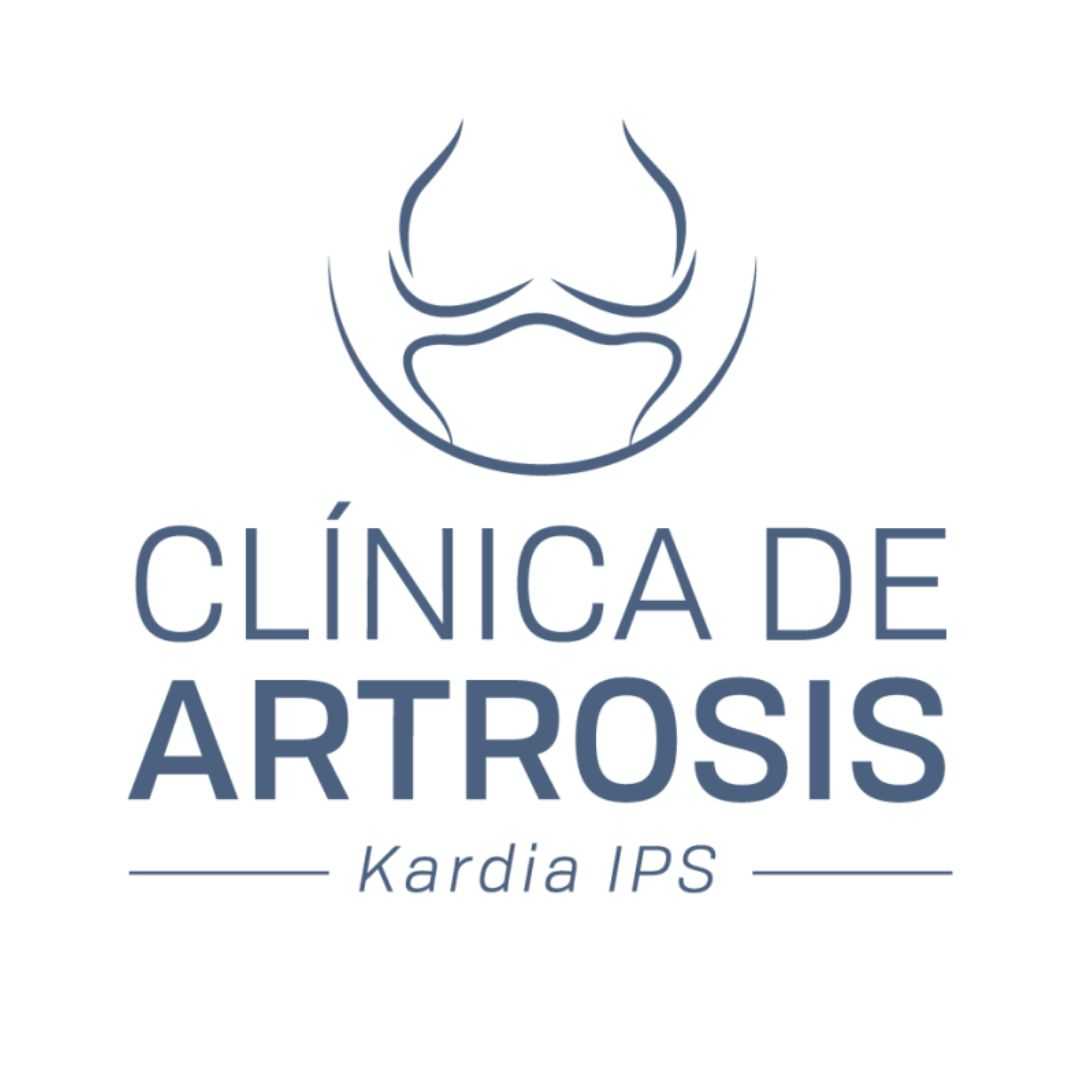Why Colombia Leads in Regenerative Therapy for Neurological Disorders
.png)
For families dealing with the daily reality of complex neurological disorders, the search for answers often leads beyond conventional medicine. While standard treatments focus on managing symptoms, regenerative medicine offers a different hope: the potential to repair the underlying damage. Colombia has emerged as a global leader in this field, particularly for treating the brain and nervous system.
Unlike the limited options available in the US or Canada, Colombian clinics are authorized to use expanded mesenchymal stem cells (MSCs) in high doses. This ability to administer millions of potent cells directly into the body—often via intrathecal (spinal) or intravenous methods—can be a game-changer for conditions previously thought to be untreatable. Patients from around the world are traveling to cities like Medellín and Bogotá not just for the affordable costs, but for the advanced, science-backed protocols that are regulated by INVIMA (Colombia's FDA).
In this guide, we will explore exactly which conditions are responding to treatment, the safety of these procedures, and why Colombia has become a preferred destination for neurological regeneration.
Which neurological conditions are treated in Colombia?
Colombian clinics specialize in neurodegenerative and neurodevelopmental disorders. For Parkinson's Disease, the goal is to protect existing dopamine-producing neurons and reduce brain inflammation. For Multiple Sclerosis (MS), stem cells are used to modulate the immune system, stopping it from attacking the nerves and potentially helping to repair the myelin sheath.
In pediatric cases, Colombia is a hub for treating Autism Spectrum Disorder (ASD) and Cerebral Palsy. Here, the focus is on neuroplasticity—helping the brain form new connections to improve speech, motor skills, and cognitive function. The use of umbilical cord tissue cells (Wharton’s Jelly) is particularly common for these conditions due to their high regenerative potential.
Traumatic Brain Injury (TBI) and stroke recovery are also major areas of focus. By reducing chronic inflammation in the brain, stem cells can help "wake up" dormant neurons and improve physical and cognitive abilities even years after the initial injury.
How effective is stem cell therapy for Parkinson's in Colombia?
While there is no cure for Parkinson's, stem cell therapy in Colombia offers a powerful tool for management. Clinics often use a combination of intravenous and intrathecal (spinal) injections to ensure stem cells bypass the blood-brain barrier and reach the central nervous system directly.
Patients typically report improvements in balance, gait, and fine motor control. Non-motor symptoms, such as sleep disturbances and brain fog, often see significant improvement as well. The therapy works by releasing neurotrophic factors—proteins that support neuron survival—essentially fertilizing the brain's environment.
Success rates vary, but reputable clinics report that approximately 70-80% of patients experience some level of functional improvement or disease stabilization. It is important to note that results are not permanent; many patients return for "booster" treatments every few years to maintain the benefits.
Can stem cell therapy help with Autism Spectrum Disorder?
Autism is increasingly viewed as having a component of neuroinflammation and immune dysregulation. Mesenchymal Stem Cells (MSCs) are potent anti-inflammatories. By calming the inflammation in the gut and brain, these cells can allow for better neural connectivity and function.
Colombian clinics have extensive experience with pediatric patients. The protocols usually involve high doses of allogeneic (donor) umbilical cord cells, which are safe and do not require invasive harvesting from the child. Improvements are often gradual, appearing over the course of 3 to 6 months following treatment.
While not a "cure" for autism, the therapy can significantly raise a child's baseline of functioning. Parents frequently report "breakthroughs" in language acquisition and emotional regulation that traditional therapies alone had not achieved.
What is the cost of stem cell therapy for neurological disorders in Colombia?
Cost is a major factor for families, as insurance rarely covers these treatments. In Colombia, the cost structure allows for premium care—including high cell counts (often 100 million+ cells)—at a much more accessible price point. The lower cost is due to the economic difference in overhead, not a reduction in medical quality.
A typical protocol for a neurological condition usually involves a stay of 3 to 5 days and includes multiple cell administrations. In the US, similar "off-label" treatments can cost upwards of $25,000 without the ability to expand cells to the same therapeutic numbers.
Cost Comparison: Colombia vs. USA vs. Panama
| Treatment Type | Colombia Cost (Avg) | USA Cost (Avg) | Panama Cost (Avg) |
|---|---|---|---|
| Parkinson's Therapy | $7,500 - $12,000 | $20,000+ | $25,000 - $35,000 |
| Autism Treatment | $6,000 - $10,000 | $15,000 - $25,000 | $18,000 - $25,000 |
| ALS Protocol | $8,000 - $15,000 | Not Widely Available | $30,000+ |
Is stem cell therapy legal in Colombia for these conditions?
Colombia has a robust regulatory framework for regenerative medicine. Unlike the "gray market" situation in some countries, Colombian clinics operate legally. They are subject to inspections and must verify the sourcing and purity of their stem cells.
INVIMA ensures that the laboratories processing the cells follow Good Manufacturing Practices (GMP). This is critical for neurological treatments where cells are often introduced into the spinal fluid; sterility and quality control must be absolute to prevent infection.
Most top clinics also have their own Ethics Committees that review patient protocols, ensuring that the treatment is medically justified and safe for the specific condition being treated.
What types of stem cells are used for neurological conditions?
For treating the brain, you need cells that are active and capable of strong signaling. Cells from an older patient's own body (autologous) often lack the vigor needed for significant neurological repair. Umbilical Cord Tissue cells are "day zero" cells—they haven't been exposed to aging, toxins, or disease.
These donor cells are screened extensively for safety. Their primary advantage is their ability to modulate the immune system and secrete vast amounts of growth factors. They are "immune-privileged," meaning the patient does not need to take immunosuppressant drugs to prevent rejection.
Some clinics also use bone marrow-derived cells for specific conditions like ALS, sometimes in combination with cord tissue cells to maximize the therapeutic effect.
How is the therapy administered?
The delivery method matters immensely in neurology. A simple IV drip is good for reducing systemic inflammation, but the blood-brain barrier often prevents large cells from reaching the brain tissue. To overcome this, Colombian specialists frequently use Intrathecal administration.
This involves a safe, standard lumbar puncture (similar to an epidural) to inject the stem cells directly into the spinal canal. From there, the cells circulate with the cerebrospinal fluid, bathing the brain and spinal cord directly. This method is preferred for conditions like Autism, Cerebral Palsy, and spinal cord injuries.
Some clinics also use intranasal delivery (via the nose) as a non-invasive way to help cells and exosomes reach the brain.
What is the success rate for ALS in Colombia?
ALS (Amyotrophic Lateral Sclerosis) is a notoriously difficult disease. Stem cell therapy in Colombia is used as a palliative and stabilizing measure. The goal is to slow down the rate of decline. Patients who respond well may see their progression plateau for 6 to 12 months.
Improvements often include better breathing capacity, improved swallowing, and slightly increased muscle strength. However, ALS is aggressive, and results vary widely. Colombian clinics are transparent about this, often vetting patients carefully to ensure they are in a stage where the therapy can still offer benefit.
The therapy focuses on neuroprotection—keeping the remaining motor neurons alive for as long as possible.
Are there risks involved with neurological stem cell therapy?
The safety profile of mesenchymal stem cells is well-established. They do not form tumors (unlike embryonic stem cells) and do not cause rejection. The main risks come from the injection procedure itself.
With an intrathecal injection, some patients experience a "spinal headache" afterwards, caused by a small leak of spinal fluid. This usually resolves with rest and hydration within 24 hours. Reputable clinics in Colombia perform these procedures in hospital-grade operating rooms with anesthesiologists present to minimize any discomfort or risk.
Clinics will provide a full rundown of potential side effects during the consultation, which typically include mild fatigue or flu-like symptoms for a day or two as the immune system responds to the cells.
How long does recovery take?
This is an outpatient treatment. You do not need to stay in the hospital overnight for weeks. Most protocols involve receiving treatments over 3 to 5 days. After a spinal injection, you will be asked to lie flat for several hours to prevent headaches.
While you can fly home a few days later, the "biological recovery" or response time is longer. The stem cells remain active in your body for weeks. Patients usually start seeing neurological improvements—like better balance or clearer speech—starting around 4 to 8 weeks post-treatment, with gains continuing for up to 6 months.
Why is Colombia preferred over Panama or Mexico?
Colombia has established itself as the "smart choice" for medical tourism. Panama is famous for stem cells but is significantly more expensive, often charging $25,000+ for similar protocols. Colombia offers the same high-quality, expanded cells (often from the same international lab standards) for half the price.
Furthermore, cities like Medellín and Bogotá are home to massive, world-ranked university hospitals. The medical culture is rigorous and academic. Many of the doctors leading these stem cell programs are neurologists or neurosurgeons by training, ensuring a high level of specialist expertise that goes beyond a general "wellness" clinic approach.
Can stem cells treat Multiple Sclerosis (MS)?
For MS, stem cells work as an immune system "reset." They stop the body from attacking its own nerve endings. Colombian clinics have seen excellent results with MS patients, particularly in reducing fatigue and improving bladder and bowel control.
In some cases, MRI scans taken a year after treatment have shown a reduction in lesions (plaques) on the brain and spinal cord. The therapy is often combined with physical therapy to help patients retrain their muscles as the neural pathways heal.
Do I need a referral from my neurologist?
You are the driver of your own medical care in this scenario. While you don't need a permission slip from your home doctor, the Colombian team needs data to do their job. They will ask for your most recent medical imaging and doctor's notes.
The clinic's medical board will review these documents to ensure you are safe to treat. If you have active infections or cancer, you may be disqualified. This screening process is a good sign—it means the clinic is ethical and won't treat patients who won't benefit.
What happens after I return home?
The treatment doesn't end when you board the plane. Neural repair requires stimulation. Colombian doctors will strongly advise you to engage in intensive physical, occupational, or speech therapy when you get home. The stem cells open a "window of opportunity" for the brain to learn, and therapy helps you seize that moment.
The clinic will stay in touch to track your progress. They can also coordinate with your local doctor if you need basic follow-up care or have questions about medications. This continuity of care helps ensure the best long-term outcome.
Ready to explore advanced neurological care in Colombia?
If you or a loved one are seeking new options for a neurological condition, Colombia offers world-class science at a fraction of the cost. PlacidWay can connect you with the top-rated, INVIMA-certified clinics in Medellín and Bogotá. Get a free evaluation and take the first step toward recovery.


.png)














Share this listing